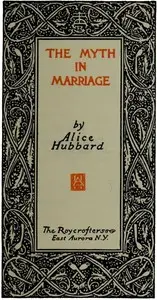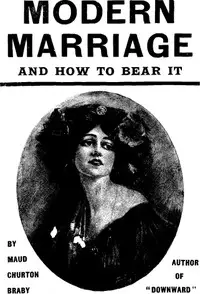"Getting Married" by Bernard Shaw is a play from 1908 that challenges traditional ideas about marriage. The story questions whether marriage is truly based on love or driven by societal pressure and money. Shaw uses his strong opinions to show how marriage can trap people and limit their freedom, especially for women, and the start of the play highlights that many people go into marriage with unrealistic expectations, leading to unhappiness and inequality. The play sets the stage for looking closer at marriage and how relationships are formed, under the weight of social norms and expectations.

Getting Married
By Bernard Shaw
A thought-provoking exploration reveals the pitfalls of matrimony, where societal expectations and economic constraints overshadow genuine connection, leading to a revolt against the very foundation of marriage.
Summary
About the AuthorGeorge Bernard Shaw, known at his insistence as Bernard Shaw, was an Irish playwright, critic, polemicist and political activist. His influence on Western theatre, culture and politics extended from the 1880s to his death and beyond. He wrote more than sixty plays, including major works such as Man and Superman (1902), Pygmalion (1913) and Saint Joan (1923). With a range incorporating both contemporary satire and historical allegory, Shaw became the leading dramatist of his generation, and in 1925 was awarded the Nobel Prize in Literature.
George Bernard Shaw, known at his insistence as Bernard Shaw, was an Irish playwright, critic, polemicist and political activist. His influence on Western theatre, culture and politics extended from the 1880s to his death and beyond. He wrote more than sixty plays, including major works such as Man and Superman (1902), Pygmalion (1913) and Saint Joan (1923). With a range incorporating both contemporary satire and historical allegory, Shaw became the leading dramatist of his generation, and in 1925 was awarded the Nobel Prize in Literature.












